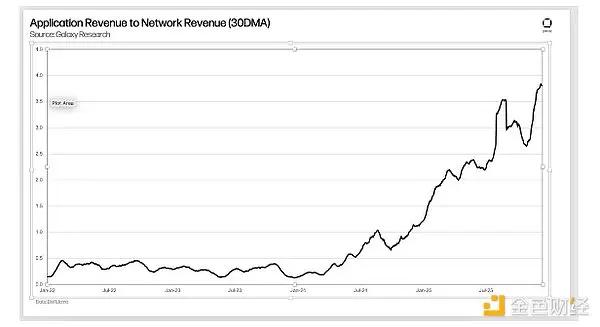
Key Indicators: (March 10, 4 PM -> March 17, 4 PM Hong Kong time)
BTC against USD up 1.5% (82.3K USD -> 83.5K USD), ETH against USD down 8.2% (2.07K -> 1.9K USD)
Overview of BTC against USD Spot Technical Indicators

The spot price of BTC has continued to decline over the past week, but as the price has stabilized in the 80-85K USD range, we have finally seen the actual volatility begin to decrease and return to normal. It is worth noting that the price hit a recent low last week, and the market has been closely watching the price movement in the following days, trying to guess whether the next big move will be up or down. Considering that we have experienced a relatively long period of high volatility, we believe that the price will undergo some adjustments and stabilization in the coming week or so, with the support level expected to be around 78-80K USD, the recent resistance level at 85-86K USD, and further up at 89.5-92K USD.
If the price falls below 78-80K USD, the market may return to the high volatility range. Conversely, if it breaks through 92K USD, we will start to test the more meaningful long-term resistance level of 98-100K USD. We remain optimistic about the medium-term trend of BTC, but are still waiting for more signs confirming the end of the correction cycle.
Market Themes
It has been another highly volatile week. The S&P 500 index hit new lows amid ongoing stock fund balancing and deleveraging. Rumors suggest that there have been massive drawdowns across multiple asset classes, but there is nothing new in the narrative to support this news. The market has become numb to the back-and-forth tariff policies, and this is ultimately just a correction and deleveraging that was long overdue, but the market has been optimistically ignoring this risk for years. Structurally, volatility is gradually emerging in this cycle, and the VIX (fear index) is unlikely to remain in the teens over the next few months. Of course, there will be interspersed periods of calm and stability.
As for cryptocurrencies, last week Bitcoin broke below 80K USD multiple times, with the market continuing to clear out residual positions. At the same time, Ethereum fell below the critical 2K USD support and has since been unable to regain an upward momentum. During the New York session, Bitcoin's price performance was weaker compared to the S&P 500 and Nasdaq indices, but rebounded in the Asian session. However, overall, the positions across various markets are now cleaner, and we believe the high correlation across asset classes will not continue. Bitcoin will only fall to new lows if the S&P index experiences a substantial decline.
BTC Implied Volatility

The decline in the S&P index during the New York session on Monday caused a surge in the implied volatility of US stocks, which in turn pushed up the implied volatility of BTC, before declining significantly in the subsequent days. Actual volatility has also gradually decreased this week, with the weekly actual volatility falling below 50 points for the first time in recent weeks, dropping to just over 40. The decline in implied volatility is more pronounced in the near-term expiries, with a more modest decrease in the longer-dated part of the curve. There is selling pressure on the June expiry, as medium-term players are clearing out their long positions.
Based on the current situation, we expect the market to continue stabilizing and await new catalysts, and therefore the actual volatility is likely to remain relatively stable. The April 4th expiry will attract more attention, as Trump is expected to announce the next round of tariff measures on April 2nd, and a significant premium has already been priced into the volatility surfaces of US stock indices and foreign exchange.
BTC Skew/Kurtosis

This week, the skew on the short-dated expiries has recovered from the previous extreme negative skew. This is because after the liquidations over last Sunday and Monday, the market's short positions are very clean, and there will not be as much position-driven selling pressure during the next price pullback. In the longer-dated part of the term structure, the price skew has remained relatively stable, as medium-to-long-term players are not as interested in the downside of the price.
Kurtosis ended the week relatively unchanged. However, it fluctuated significantly during the week along with the changes in implied volatility. While we believe holding long kurtosis is still not a bad idea, in the short term, as the price is confined to a limited range, the long kurtosis may suffer from Theta decay. Therefore, we are more in favor of holding long kurtosis in the longer-dated part of the curve, seeking for a change in the narrative that could lead to a breakout of the 70-105K USD range post-election.
Wishing everyone a great week ahead!








